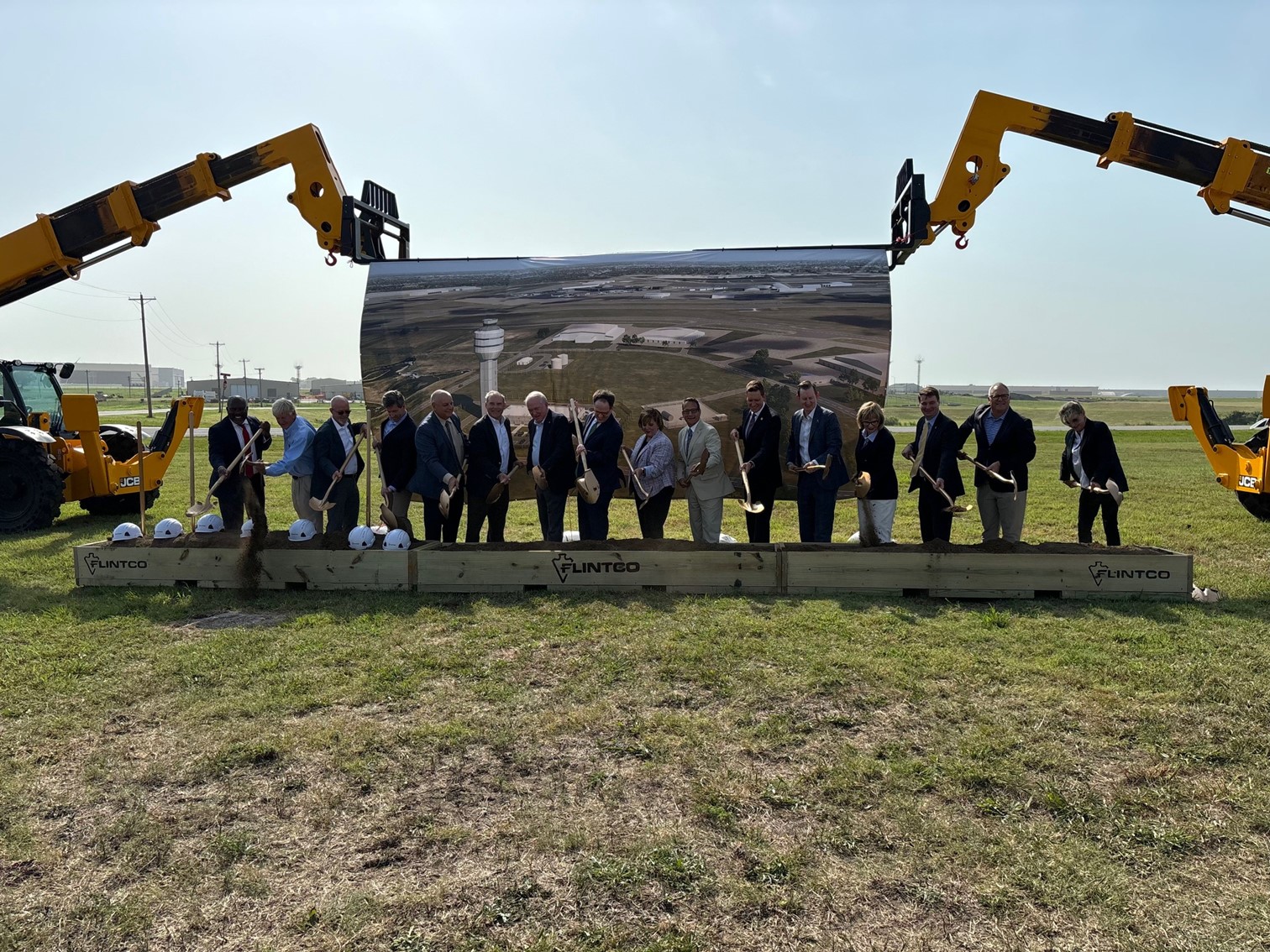Tulsa International Airport Soars to New Heights with Cutting-Edge Air Traffic Control Tower

Tulsa, OK – Tulsa International Airport (TUL) is set to revolutionize its air traffic management capabilities with the groundbreaking of the Senator James M. Inhofe Air Traffic Control Tower Complex. This landmark project, the largest infrastructure undertaking in the airport’s history, marks a significant leap forward for aviation safety and efficiency in Oklahoma and the surrounding region.
The new tower designed by Leo A. Daly, standing at 257 feet—over 100 feet taller than its predecessor—will replace the current facility that has been in service since 1961. After more than six decades of operation, the existing tower no longer meets modern FAA building codes and faces growing maintenance challenges. The upgrade is not just timely; it’s critical for the continued safe operation of one of Oklahoma’s busiest airports.
Alexis Higgins, CEO of Tulsa Airport’s Improvement Trust (TAIT), emphasized the project’s importance: “The new tower complex is more than an upgrade; it’s a commitment to safety, efficiency, and the future of air travel at our airport and throughout the region.” The increased height will dramatically improve controllers’ visibility and allow for the construction of taller hangars, paving the way for future expansion and development at TUL.
The $112 million project is a testament to the collaborative effort between local, state, and federal entities. With $86 million already secured through various grants, the remaining $26 million will be funded by TAIT, demonstrating the trust’s commitment to this crucial upgrade.
To bring this visionary project to life, TUL has partnered with Flintco, a renowned construction firm with extensive experience in complex infrastructure projects. Flintco’s expertise will be instrumental in delivering the state-of-the-art air traffic control tower, ensuring that it meets the highest standards of safety and functionality required for modern air traffic control operations.

The new tower’s impact will extend far beyond the airport’s boundaries. It will enhance safety and efficiency for all air traffic within a 50-mile radius of TUL, including commercial, military, medical, and private flights. Equipped with cutting-edge technology, the facility will be better prepared to predict and mitigate potential disruptions, ensuring smoother operations for the hundreds of thousands of flights that travel through Tulsa yearly.
“Oklahoma has a legacy of aerospace innovation and success dating back over a century, and this project will play an important role in ensuring passenger safety and promoting economic growth for years to come,” Lieutenant Governor Matt Pinnell stated.
Named in honor of the late Senator James Inhofe, a passionate advocate for aviation, the new tower complex is a testament to his legacy and the state’s dedication to aerospace advancement. Construction is slated to begin in September 2024, with operations expected to commence from the new tower by December 2026.